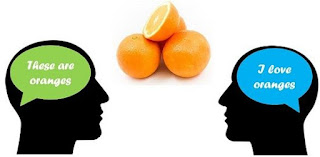Week 7 & 8
These weeks we learned about different standardized assessment terms. Something that was stressed was that we do not need to be a mathematician to understand terms scores. Norm-referenced tests: compare results to things they are similar to. Example: SAT Criterion-referenced tests: predetermined criteria and testers. Example: Citizenship Test When testing in your classroom it is important to check for validity (does the assessment measure what it is supposed to?) and reliability (can the results be reproduced under the same conditions?). Next we learned about mean (average), median (middle number), mode (most often occurring) and standard deviation (the distance scores are from the mean) and the importance of knowing how interpret these results. We learned how to find these scores using Excel. Using excel is a great tool because it keeps everything organized in one spot. I will be using Excel when I teacher to analyze the fairness of my assessments, keep track of assignments...

